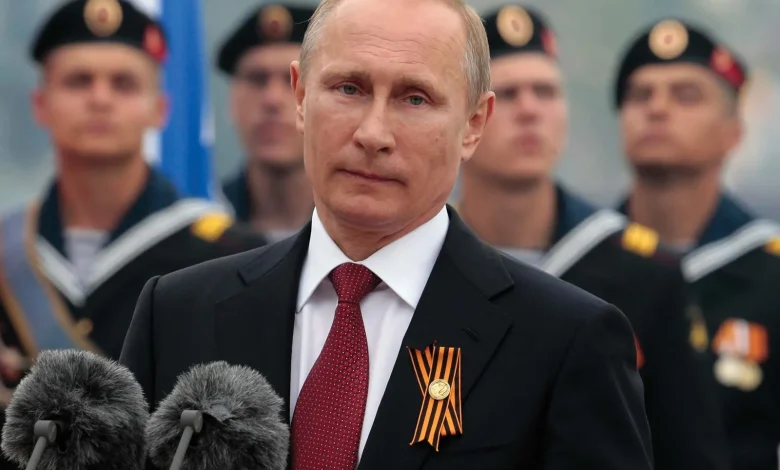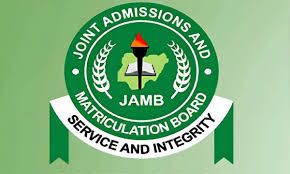Vladimir Putin Lays Down Tough Conditions for Ukraine Ceasefire, Casting Doubt on Peace

Vladimir Putin has expressed cautious support for the idea of a ceasefire in Ukraine, but outlined several tough conditions, casting doubt on the prospects for an immediate truce.
The Russian president was responding to Ukraine’s recent agreement to a 30-day ceasefire proposal, which came after discussions with the United States. Putin emphasized that while the concept of a ceasefire was “right,” there were significant “questions” that still needed to be addressed regarding the terms and enforcement of such a truce.
In his comments, Putin stressed that any ceasefire must lead to a lasting peace and address the root causes of the conflict. He also mentioned the need for negotiations with the United States and hinted at a potential conversation with former U.S. President Donald Trump.
While Putin said he supported the ceasefire in principle, he warned of “nuances” that needed to be resolved. One major sticking point is the status of Russia’s western Kursk region, where Ukraine launched a military incursion last August.
Putin claimed that Russia had regained full control of the area, accusing Ukrainian troops of abandoning equipment and being “isolated” in the region. He warned Ukrainian forces in Kursk that they faced two choices: surrender or die.
Ukrainian President Volodymyr Zelensky swiftly responded to Putin’s remarks, accusing the Russian leader of using “manipulative” tactics and called for further sanctions against Russia.
Zelensky argued that despite Putin’s suggestion of support, his numerous preconditions for the ceasefire effectively amounted to a rejection of the proposal. “
In practice, he’s preparing to refuse,” Zelensky said, while also accusing Putin of being unwilling to confront Trump directly about continuing the war.
The situation is further complicated by differing views on how the ceasefire should unfold. Ukraine advocates for a two-step process: an immediate ceasefire followed by discussions for a more comprehensive and long-term settlement.
In contrast, Russia insists that both the ceasefire and the resolution of key issues must be negotiated as part of a single, comprehensive agreement. As the two sides remain entrenched in their positions, the international community, including the U.S., is left to navigate this impasse.
Meanwhile, the U.S. has continued to increase pressure on Russia, implementing new sanctions targeting Russian oil, gas, and banking sectors, and further limiting Russia’s access to international financial systems.
On the matter of the proposed ceasefire, U.S. President Donald Trump stated he would “love” to meet with Putin and hoped Russia would “do the right thing” by agreeing to the truce.
Trump, who has called for a swift end to the conflict, also confirmed that discussions on territorial issues had already taken place with Ukraine, indicating that both sides were considering potential compromises.
While both Russia and Ukraine have made their positions clear, the path to peace remains uncertain, with growing skepticism about whether Putin is genuinely interested in a ceasefire or simply buying time to further solidify Russia’s territorial gains.
This ongoing stalemate presents a challenge for the international community, especially as Putin’s military continues to make gains in Ukraine. With the war entering its third year, the human cost continues to mount, with over 95,000 Russian military casualties and an estimated 43,000 Ukrainian deaths, though both figures are widely believed to be conservative estimates. The full toll of the war, however, remains unclear, with casualties on both sides continuing to rise.





